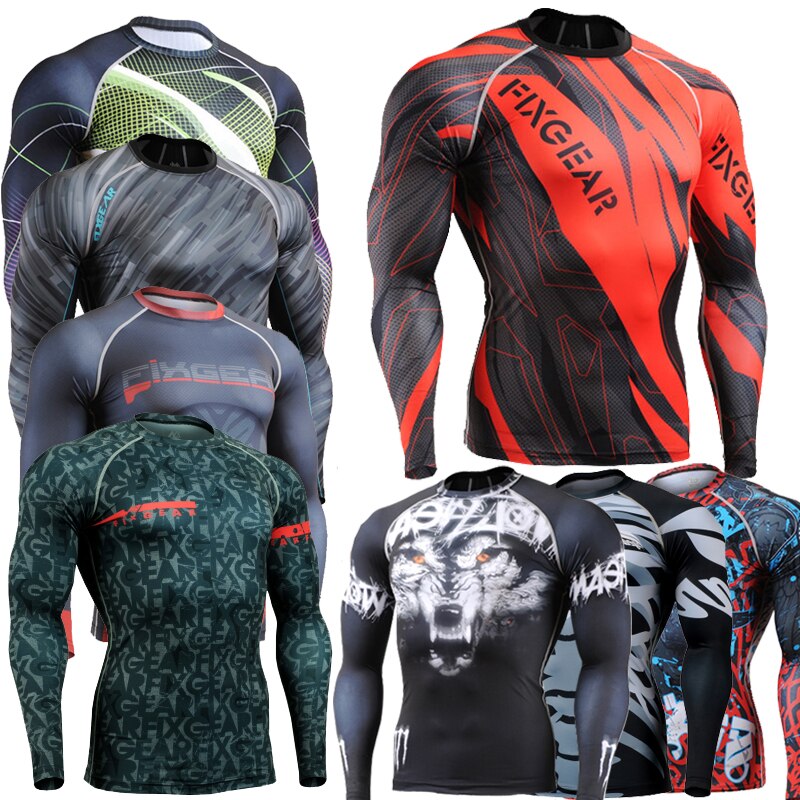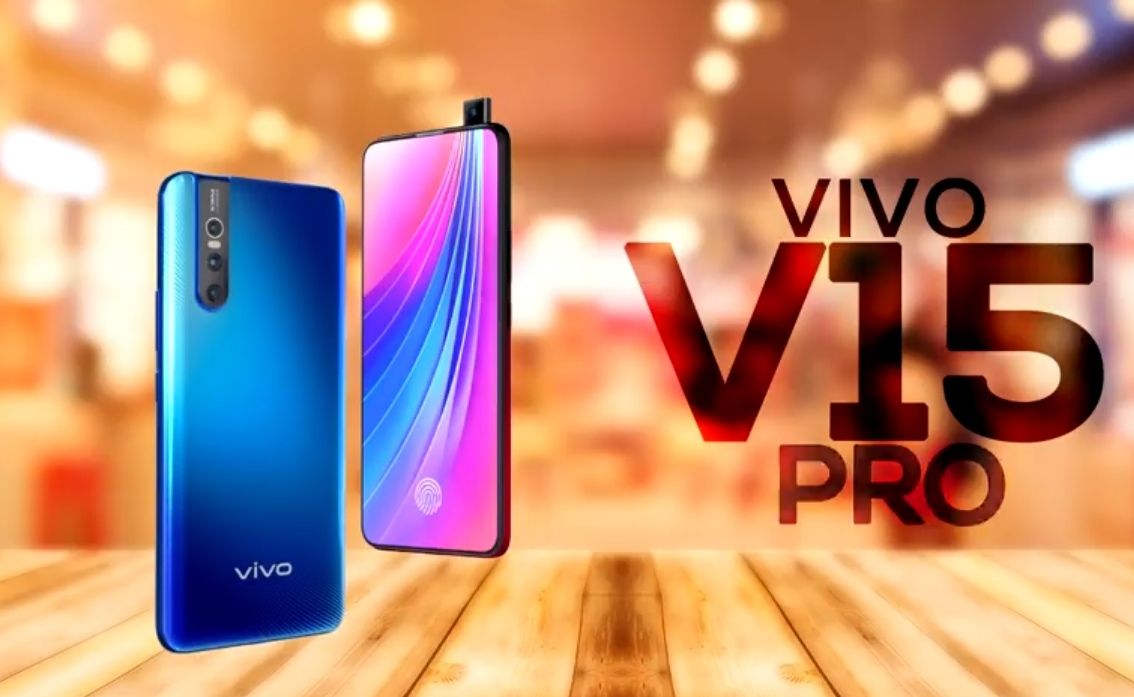Smartphone TP-LINK Neffos N1 64Gb - advantages and disadvantages

In early spring 2018, at an exhibition in Barcelona, TP-LINK announced a new product of its own flagship phones Neffos N1. Russian buyers got acquainted with the phone at the beginning of summer. The design performance of the smartphone is not remarkable, as it does not stand out against the general background of its own competitors. Of interest is the electronic filling of the device, the characteristics of some nodes of which give reason to think.

Content
Specifications
The advantages and disadvantages of the TP-LINK Neffos N1 64Gb Smartphone became apparent after a couple of months of using the device. It is powered by MediaTek's Helio P25 64-bit, 8-core chipset architecture. It has high-speed RAM and permanent memory, equal to 4 GB and 64 GB, respectively. The manufacturer claimed that the aspect ratio of the display is 18:9, but in fact this value was only 16:9.But there are enough fans of such screens.
The gadget has two cameras: one of them receives color images, the other - monochrome. Equipped with fast battery charging function. The all-metal body has two colors: yellow and light gray. With an average price of no more than 20,000 rubles, the phone turned out to be smart for budget devices. The rating of positive qualities is crowned by a dual-band Wi-Fi network and GPS positioning, as a symbol of leadership in the production of wireless equipment.

| Dimensions and external design | |
|---|---|
| Width | 76.1 mm |
| Height | 154.4 mm |
| Thickness | 7.5 millimeters |
| Volume | 88.12 cubic centimeters |
| The weight | 156 grams |
| Color design | golden |
| grey | |
| Housing materials | glass screen |
| metal case | |
| plastic cover | |
| SIM cards | |
| Slots | 2, dual sim type |
| The size | nanoscale |
| Support for mobile network standards | |
| GSM standard | Yes |
| UMTS standard | Yes |
| LTE standard | Yes |
| Technologies to support cellular communication and data transmission | |
| Cellular support technology | UMTS |
| EDGE | |
| GPRS | |
| HSPA+ | |
| LTE | |
| Operating system | |
| Type of | Android version 7.1.1 based on Google |
| Firmware | Nougat |
| User interface | NFUI 7.0 |
| Chipset architecture | |
| Type of | MediaTek Helio P25 MT6757CD Series |
| Manufacturing technology | 16 nanometers |
| CPU | Cortex-A53, four cores up to 2.5 GHz four cores up to 1.6 GHz |
| Bit depth | 64 bits |
| Command set | ARMv8-A |
| First level cache | 2x256 Kb |
| Second level cache | 2054 Kb |
| Total processor cores | 8 |
| Frequency | 2.5 GHz |
| GPU snap-in | |
| Type of | Mali-T880 up to 900 MHz |
| Nuclei | 2 |
| RAM | |
| Type of | LPDDR4X |
| Channels | 2 |
| Volume | 4 GB |
| Clock frequency | 1600 MHz |
| Embedded module | |
| Volume | 64 GB |
| Modules for external drives | |
| Type of | Micro SD card |
| SDHC micro card | |
| SDXC micro card | |
| Screen | |
| Type of | Touchscreen liquid crystal display (IPS technology) |
| Diagonal | 5.5 inch (139.7 mm) |
| Width | 2.7 inches (68.49 mm) |
| Height | 4.79 inches (121.76 mm) |
| Display aspect ratio | 16:09 |
| Permission | 1080x1920 pixels |
| Image Density | 401 dpi |
| Screen area vs. total size | 71% |
| Brightness, maximum | 470 cd/m2 |
| Contrast, maximum | 20:01:00 |
| Safety glass type | Third Generation Corning Gorilla |
| Screen Curvature | 2.5D |
| Color spectrum | NTSC 85% |
| Built-in sensors | |
| proximity detector | Yes |
| Accelerometer | Yes |
| light detector | Yes |
| Compass | Yes |
| Fingerprint scanner | Yes |
| Gyroscope | Yes |
| rear camera | |
| Matrix Model | SONY IMX386 Exmor RS |
| Matrix type | CMOS |
| Pixel sizes | 1.24 microns |
| crop factor | 6.98 |
| Aperture | f/2.0 |
| Focus distance | 3.75 millimeters |
| Flash | Dual LED |
| Final image resolution | 4000x3008 pixels |
| End Video Resolution | 3840x2160 pixels |
| Video frame rate | 30 frames/sec |
| Video and photography specifications | Autofocus |
| Burst function | |
| Digital buzzer | |
| Panoramic shooting overview | |
| Face recognition function | |
| Front-camera | |
| Aperture | f/2.2 |
| Focus distance | 2.45 mm |
| Final image resolution | 3264x2448 pixels |
| End Video Resolution | 1280x720 pixels |
| Frame rate | 30 frames/sec |
| Listening to audio | |
| speaker | Yes |
| Headphones | Yes |
| Radio | Yes |
| Navigation | |
| Satellite positioning systems | GPS/A-GPS/GLONASS |
| Wireless support | |
| WiFi | 802.11a/802.11b/802.11g/802.11n/802.11n frequency channel 5GHz, Dual band network/Host/Direct |
| Bluetooth | Version 4.1, type A2DP |
| USB connector | |
| Type of | FROM |
| Interface | Mini |
| Connection | Synchronization with a computer |
| Over the air update | |
| Tethering | |
| Battery | |
| Charge capacity | 3260 mAh |
| Type of | Lithium Polymer (Li-Pol) |
| Fixed | |
Equipment
The phone package includes:
- smartphone;
- charger with a standard mini USB cable length;
- screen protection;
- headphones;
- instruction;
- warranty card.

general description
Externally, the device very much resembles the design of Huawei's flagship P10 Plus phone, which was released last year. It is very difficult to explain the criteria for choosing this particular model. The development of the N1 model began a very long time ago. Perhaps the companies relished the developments of the Chinese company, since their model has a winning variant in relation to other models of the best manufacturers. It demonstrates the original polishing of the body, comfortable ergonomics, and a pleasant color. This feature has attracted the attention of TP-LINK developers. Nevertheless, the price of N1 differs from P10, but is not inferior to it in the rating of quality goods. Here they are aligned.

The body of the phone is streamlined with rounded corners according to the 2.5D standard. The back side is flat. At the bottom is the antenna. Designers hid it under a gray stripe. In the upper part there is a special insert made of plastic. It is needed not only as an element of decor, but also for the operation of the antenna. An all-metal housing will not be able to transmit signals.

The screen has the third generation of protective glass Gorilla Glass. There is an oleophobic coating. Its quality is much worse than previous models. When touched, fingerprints remain on the front.It can be concluded that over time this coating will be erased. The case is metal, after a couple of months scratches and scuffs appear on it. In general, the quality of the materials used is not the best. Therefore, you should take care of buying a cover in advance.

The dimensions of the smartphone remained the same as in previous models. The width is a little big for a standard hand. It wouldn't hurt to reduce it. If its prototype on the back had large speakers and a fingerprint scanner, and this can explain its dimensions, then the N1 has such dimensions only due to simple copying of the design. However, no one had any complaints about the quality of the design.

At the top of the front panel is an event display indicator. The brightness of the LED is acceptable. Nearby is the front camera with f / 2.2 light intensity and a focus of 2.45 millimeters. There are no complaints about how she takes pictures. Nearby is a speaker and built-in sensors. Their work is quite satisfactory. The tone of the speaker is set to work with medium frequencies, but the sound is clear without distortion.
The touch buttons are located in the standard order at the bottom of the screen. They have additional lighting. Such a small detail makes me very happy. Not all phones are equipped with this feature. It helps a lot in the dark. At the bottom of the case is a 3.5mm RJ headphone jack. There is also a microphone and a small speaker. In the center there is a connector for connecting with a mini USB type C cable. The connector is reliable and does not loosen over time, like its counterparts.
On the right side of the case is the power button of the phone. Pressing hard, no backlash. Slightly higher is the slot for SIM-cards.It allows you to insert two nano-SIM cards or one nano-SIM and one micro SD memory card. On the left side are the volume buttons and a slider to switch modes. This arrangement of buttons is not quite typical for smartphones, but you can get used to it very quickly. Slightly higher is a microphone to reduce noise. Not a very good placement for him, because during a conversation it overlaps with his finger. According to many users, it should be placed on the top of the phone.
At the back are two cameras with dual LED flash. Below them is a fingerprint sensor. Its main purpose is to unlock the smartphone. But the functionality of the device allows you to assign a quick call to a frequently used option to the scanner. The dual camera array is equipped with a night view option. It should be noted that the quality for a budget gadget is very good with decent image sharpness. You can buy such a phone even below its market price. Where is it profitable to buy? For example, in online stores. They do not provide a warranty, but the phone will cost much less. Under the action, the phone costs less than 18,000 rubles.
Machine screen

Despite the manufacturer's claims, this model did not receive the claimed 18:9 display aspect ratio. Not all users liked this ratio due to the smaller usable screen area. And not all manufacturers agree to reduce the size of the side panels, which negatively affects the popularity of such models.
5.5 inch gold plated. The developers decided not to abandon the design of models from previous years and left it in this version.It has a standard pixelization resolution of 1920x1080 (corresponds to FullHD image quality). The image density is 400 pixels. per inch The matrix with a liquid crystal screen is made using IPS technology with the location of the sensors under the color rendering filters under the lower layers of the screen glass.
The image contrast is 980:1. With a brightness of 470 cd/m2 for light colors and 0.5 cd/m2 for dark colors, the silhouettes are very clear in the sun. A lot of blue, red, on the contrary, not enough. Shades of gray colors do not look natural. In general, the color gamut complies with the sRGB standards.
It is equipped with an eye protection function and automatic adjustment of the brightness of the glow according to the strength of the illumination. As soon as you need to select this function, you can double-tap the screen to activate it or set it to the scanner. For inexpensive smartphones, these screen characteristics are very good.
Accumulator battery
The battery capacity of the N1 device is 3260 mAh. With moderate operation of the phone with automated backlighting of the screen, the charge lasts for two days. Even with the active use of the gadget, it can work for a day and a half. With increased brightness for watching videos, it will last for 10 hours, for active games this figure will decrease to 5 hours. Similar models from other manufacturers have an order of magnitude lower performance with less autonomy.
A plus is the fast battery charging feature. You can fully charge your phone in just an hour.
Communication technology support
SIM-cards support standard channels of the fourth generation of LTE technology.For Internet access, there is Wi-Fi operating under 802.11 protocols on channels a, b, g, n, n 5 GHz / dual band / hosting / direct. There is Bluetooth version 4.1, positioning by A-GPS, GPS and GLONASS. Identifies more than twenty satellites with a location accuracy of up to three meters. The only omission was the lack of a small field communication interface. This is where it would come in very handy. Well, in general, the phone shows excellent performance of the communication elements.
phone cameras

Manufacturers have provided the phone with three cameras. One is on the front side, the other two are on the back. One of the paired cameras is color, the other takes pictures only in monochrome. The monochrome module is needed for bokeh and dynamic range expansion.
Modules for both cameras model IMX386 from Sony. This is not surprising, since the question of which is better to buy and which company is better for developers is not. Sony has long established itself on the good side. Such modules are installed on almost all phone models. There are some exceptions, but not many.

The quality of the final shots is always high quality. The presence of a monochrome addition is felt. For phones in their price category, this figure is an order of magnitude higher. With a decrease in illumination, the light sensitivity of the modules decreases.
The cameras are capable of recording video at up to 30 fps. It doesn't seem like a bad quality. However, at a processor speed of 20 MB / s, motion blur appears on shooting.
phone chipset architecture
Manufacturers did not skimp on the filling. We installed an 8-core 2.6 GHz Cortex-A53 processor and Mali-T880 graphics.Just perfect for medium difficulty games, for more complex games you will have to choose graphics with a lower resolution. But even when the phone is fully loaded, no freezes are observed. The device behaves cheerfully thanks to the productive stuffing of the device.
Reviews
According to user reviews, the phone has excellent features for its price class. Has a high capacity battery. Its charge is enough for a day of active use of the device, and there is a decent percentage of the charge for the next day. With the fast charging function, the autonomy of the smartphone is extended indefinitely.
The neat execution of the case does not cause any complaints. Many note the similarity of the design with Huawei, but this cannot be considered a disadvantage. Over time, scratches and scuffs appear on the case material, so it’s better to keep the device in a case.
Thanks to high-quality cameras, images and videos are always clear. Focusing is clear with ignorance of sharpness. But there is no image stabilization, so the quality of images during movement drops sharply. The zoom works great with no quality loss.
- digital zoom;
- stylish design;
- high-quality video and photography;
- reliable network reception.
- reduced image quality in the dark;
- the appearance of scratches on the material of the device case;
- no near field communication interface;
- not a full fit of the protective glass.
Conclusion
In general, the phone turned out to be very interesting in terms of its technical characteristics: a powerful chipset, cameras, and a high-resolution display. He has his shortcomings, but they seem insignificant against the background of all his advantages.Even manufacturers of more expensive flagship phones have to make sacrifices in order to improve other features, TP-LINK is no exception. During this time, he has already managed to find his fans, in the future their number will only increase.
new entries
Categories
Useful
Popular Articles
-

Top ranking of the best and cheapest scooters up to 50cc in 2022
Views: 131654 -

Rating of the best soundproofing materials for an apartment in 2022
Views: 127695 -

Rating of cheap analogues of expensive medicines for flu and colds for 2022
Views: 124522 -

The best men's sneakers in 2022
Views: 124039 -

The Best Complex Vitamins in 2022
Views: 121943 -

Top ranking of the best smartwatches 2022 - price-quality ratio
Views: 114982 -

The best paint for gray hair - top rating 2022
Views: 113399 -

Ranking of the best wood paints for interior work in 2022
Views: 110321 -

Rating of the best spinning reels in 2022
Views: 105332 -

Ranking of the best sex dolls for men for 2022
Views: 104370 -

Ranking of the best action cameras from China in 2022
Views: 102220 -

The most effective calcium preparations for adults and children in 2022
Views: 102014









